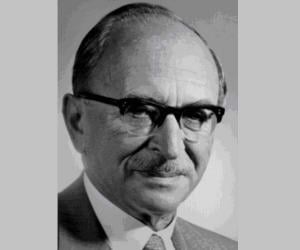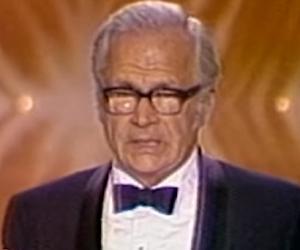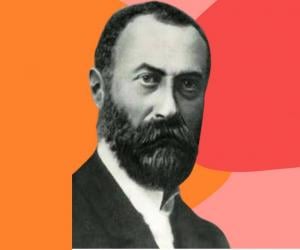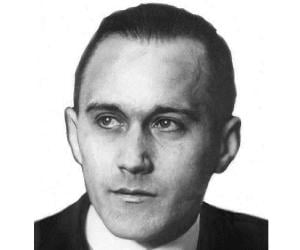1
Charles Simonyi
(Astronaut, Computer scientist, Engineer, Scientist, Programmer)

16
3
Birthdate: September 10, 1948
Sun Sign: Virgo
Birthplace: Budapest
Charles Simonyi is a Hungarian-American software architect known for his significant contributions to the technology industry. He introduced the graphical user interface to Bill Gates and led Microsoft's applications group, overseeing the development of the first versions of Microsoft Office. Simonyi co-founded Intentional Software, focusing on intentional programming. He also made two trips to the International Space Station as a space tourist. With a net worth of US$5.2 billion as of November 2022, Simonyi has had a successful and impactful career in the tech world.







